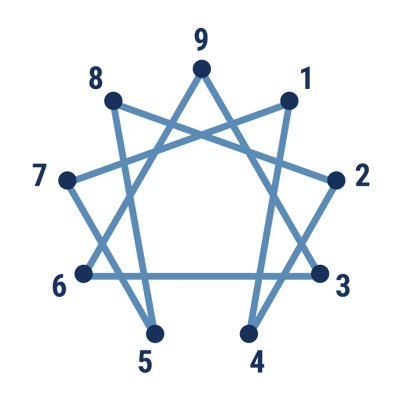It’s that time of year again-time to set goals for the New Year. Whether we are setting goals for an organization, a department, or an individual, Neuroscience offers insights that can improve our success with this annual ritual.
Research shows that people have one of two broad motivation preferences. Either they like to move away from a problem, focusing their goals on avoiding what they don’t want, or they like to move towards a vision of the future, focusing their goals on attaining or creating something new.
Knowing your motivation preference can help you when setting goals. Studies of the brain reveal that different parts of the brain are activated with each of these preferences and that our brains are hardwired to return to our habitual preference more frequently after we have set our goals. Thus, while we may include both what we want to move away from and what we want to move towards in our initial goal setting, the reality is that once we set our goals our attention tends to go more strongly on one motivation preference or the other, which is why we lose focus, interest, and incentive for working our goals.
What this information suggests is that, if goal setting is to succeed, we must not only include both motivational preferences in our goal setting process but also then develop a discipline to keep activating both preferences over time in order to not lose our focus and momentum for moving towards our goals.
Try this approach when you do your goal setting this year.
Let us know how it goes-or give us a call, and we’ll walk you through the process.




